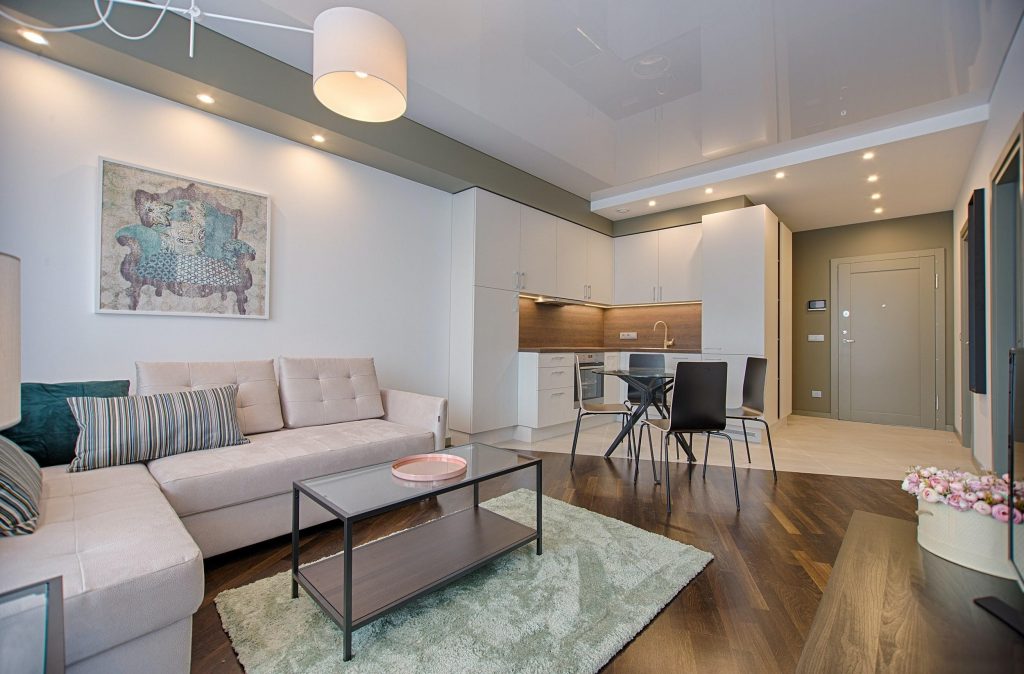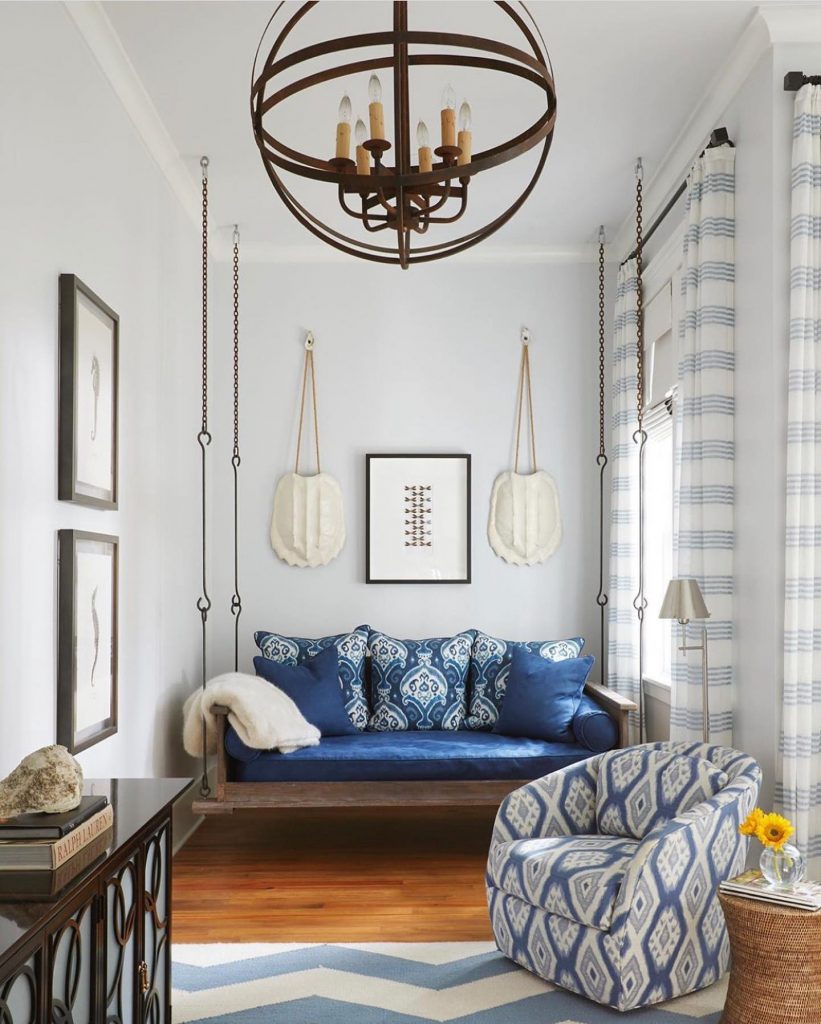Hardwood flooring is a popular choice for homeowners who want an elegant and timeless look in their homes. It adds warmth and beauty to any room, making it a great investment for your home. There are many types of hardwood flooring available, each with its own unique characteristics and benefits. Solid hardwood is milled from one piece of wood, giving it stability and durability. Engineered wood is made up of several layers of wood bonded together for added strength. Exotic woods such as bamboo or Brazilian cherry offer an exotic look that can add character to any room. No matter which type you choose, hardwood flooring in Victoria offers timeless beauty and value to your home.
Difference Between Resurfacing vs Refinishing

Hardwood floor resurfacing and refinishing are two popular ways to restore a hardwood floor’s original beauty. However, there is an important difference between the two. Resurfacing involves sanding the top layer of wood and then applying a new finish. This process can give your hardwood floors a like-new appearance. Refinishing, on the other hand, involves sanding down all layers of wood to reveal the natural grain beneath. This process can also restore the sheen of worn floors to their original condition and bring out their unique character. Both processes are labour-intensive and time-consuming, but if done properly will increase the value of your home for years to come.
Resurfacing Hardwood Floors
Resurfacing hardwood floors is an effective way to restore the original beauty of a wood floor. It involves sanding down the top layer of wood, removing scratches and imperfections, and then applying a new finish. This process can make your floor look like new again, while still maintaining its unique character. Resurfacing can be done by hand using sandpaper or with specialized machines that are available for rent or purchase. The cost will depend on the size of your room and the type of finish you choose. Once completed, your floor will be restored to its former glory and have increased value to your home.
Average Cost and Time Frame
The average cost of hardwood floor resurfacing is between $2 to $4 per square foot, depending on the type of finish and size of the room. The time frame for the project can range from a few hours to a couple of days. It is important to note that this process requires skill and experience so it is recommended to hire a professional contractor who specializes in hardwood floor refinishing. A professional will be able to assess the condition of your floors and determine what kind of finish would best suit them. They will also have access to the specialized equipment needed for the job such as sanders, buffers, and polyurethane sealants. The cost may be higher but it will ensure that your floors are refinished with quality results that last for years.
Pros and Cons of Resurfacing Floors

Hardwood floor resurfacing is a great option for homeowners who want to update their floors without the full expense of refinishing. It involves sanding down the existing finish and applying a new coat of polyurethane or another sealant. The main pro of resurfacing is that it can cost less than refinishing, as well as being faster and easier to complete. However, there are also some cons associated with this process. Resurfacing will not get rid of any deep scratches or dents in the wood, so if your floor has these issues then you may need to opt for refinishing instead. Resurfacing also does not provide as much protection from wear and tear or spills as a full refinish does, meaning that your floors may require more frequent maintenance. Finally, if the existing finish on your floors has been chemically stained or treated it cannot be removed by resurfacing, meaning that you would have to opt for a full refinish anyway.
Refinishing Hardwood Floors
Refinishing hardwood floors is a great way to bring back the warmth and beauty of your home. This process involves sanding down the existing finish, repairing any damaged areas, and then applying a new coat of polyurethane or another sealant. Refinishing provides much more protection from wear and tear or spills than resurfacing alone, so it may require less frequent maintenance in the long run. It also can get rid of deep scratches or dents on the wood, restoring it to its original condition. The main downside of refinishing is that it can be expensive, as well as time-consuming depending on the size of the room being refinished. However, if you are looking for a long-term solution that will protect your floor for years to come then refinishing is definitely worth considering.
Average Cost and Time Frame
When it comes to the average cost and time frame of refinishing hardwood floors, the price range can vary widely depending on the size of your project. Generally speaking, a basic refinishing job can cost anywhere from $2 to $4 per square foot, while a more complex job could be closer to $6 per square foot. In terms of time frame, it typically takes around three days for a professional to complete the entire process from start to finish. This includes sanding down the existing finish and repairing any damaged areas, as well as applying multiple coats of sealant and finish. Be sure to ask your contractor for an estimate based on the size and complexity of your project before getting started.
Pros and Cons of Refinishing Floors

Refinishing hardwood floors can be an effective way to restore their beauty and add value to a home. However, it’s important to weigh the pros and cons of refinishing before making a decision. On the plus side, refinishing is often less expensive than replacing the flooring altogether. It also allows you to customize the finish and colour of your floors, giving them a completely new look. Additionally, it’s an environmentally friendly alternative as no new materials are required.
On the downside, it can be time-consuming and labour-intensive. Furthermore, refinishing is not always suitable for every type of wood or pre-existing condition; in some cases, replacement may be more appropriate. While refinishing is a great way to give your hardwood floors a fresh start, make sure to consider all options before deciding on which route to take.
Types of Sanders Used in Refinishing Process
The sanding floor is an integral part of the refinishing process. While there are a variety of sanders available on the market, each with its own advantages and disadvantages, understanding which one to use for your project can be tricky. But by knowing what type of job you’re undertaking and choosing the right sander for the task, you can ensure that your floors will look their best.
Drum sanders are ideal for large floor spaces as they cover a wide area quickly and efficiently. They also produce a smooth finish when used correctly. Orbital sanders are more suitable for smaller areas as they have more control over their movements while still providing an even surface.
Edge sanders are great for getting into tight corners and along walls that larger machines may not be able to reach. Finally, hand scrapers are ideal for detailed work such as removing paint or varnish from corners and edges without damaging the surrounding woodwork. With the right sander in hand, you can make sure that your hardwood floors look beautiful after refinishing them.
Conclusion
Hardwood floor resurfacing and refinishing are both great ways to repair, restore, and maintain your hardwood floors. Depending on the condition of your floors, one may be better suited for you than the other. Resurfacing is ideal for fixing scratches and water damage while refinishing is best when dealing with aged wood planks or excess stains. No matter which process you choose, you’ll be able to bring back the beauty of your hardwood floors in no time. With the right tools and knowledge on how to properly fix each issue, your hardwood floors will look as good as new!
Thanks to 1dayrefinishing.com for consulting.

Leave a Reply